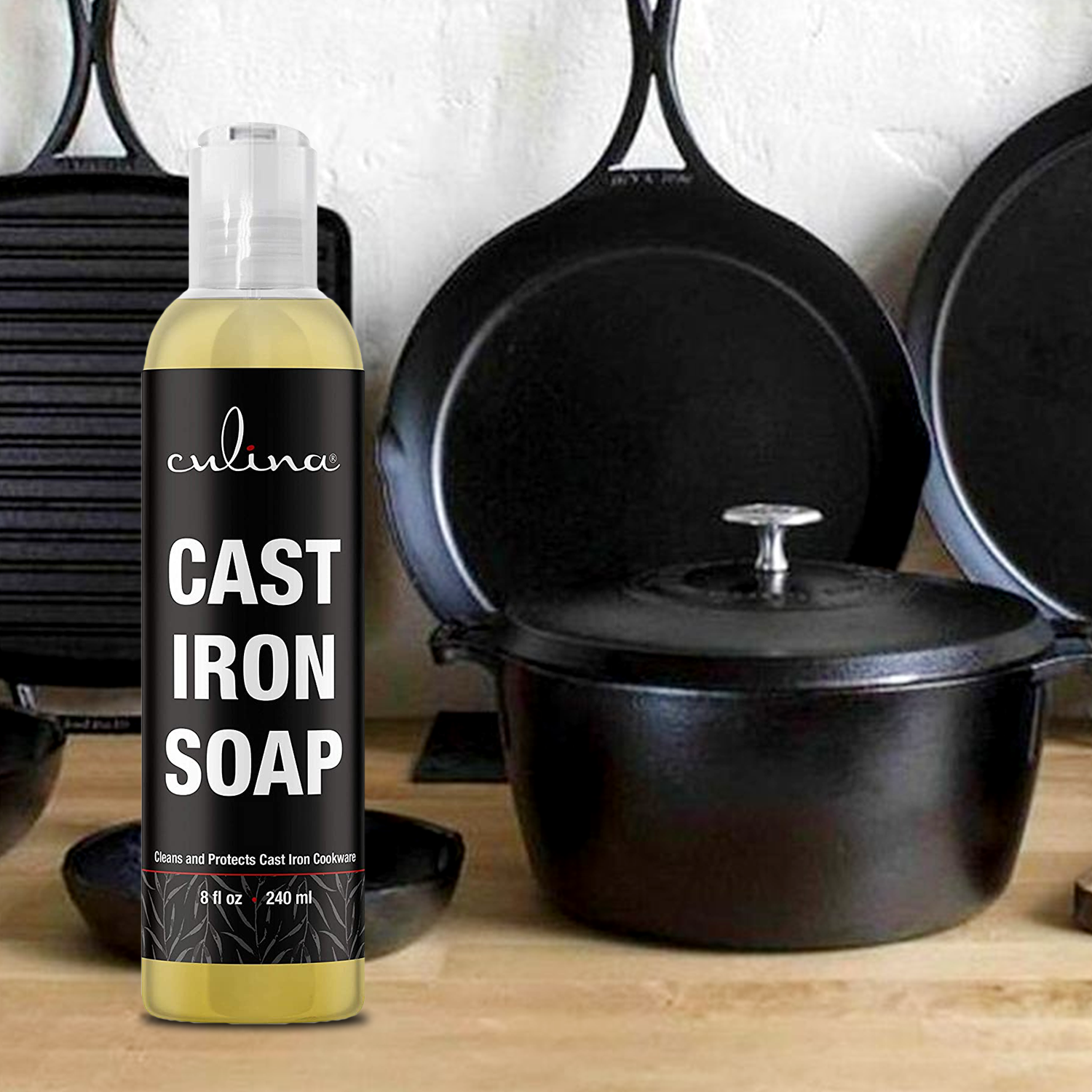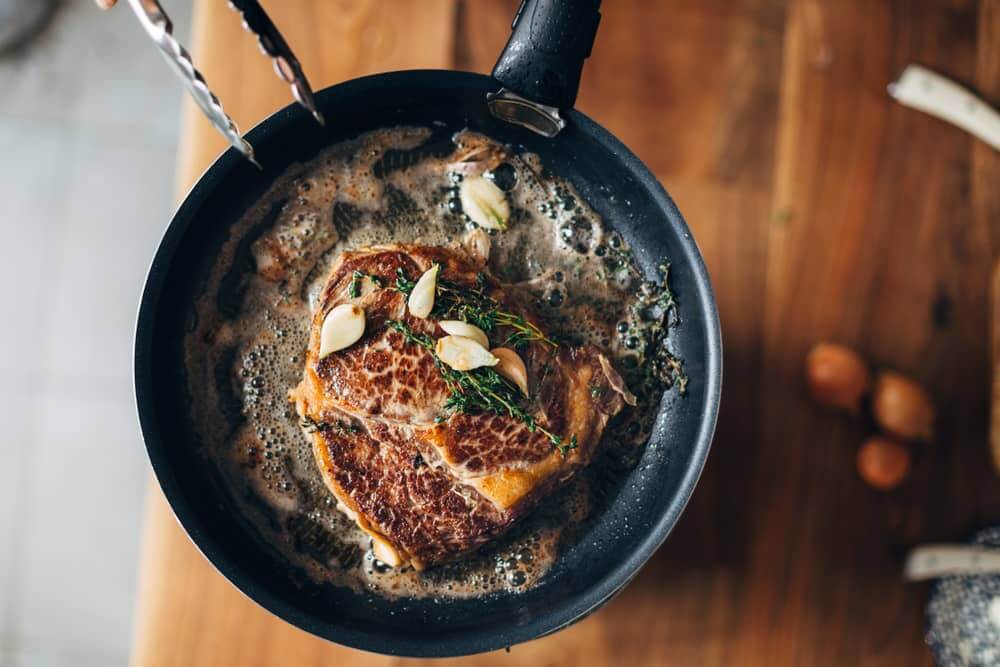Determining the age of a cast iron skillet can be a fascinating endeavour for cooking enthusiasts, particularly those interested in vintage kitchenware. Identifying the age of these skillets not only connects us with culinary history but also helps us appreciate the craftsmanship of old cookware. In this detailed guide, we will explore how to tell how old a cast iron skillet is with various tips and insights. This will be invaluable for kitchen professionals and anyone intrigued by the art and science of cast iron cookware.

Why Knowing the Age of a Cast Iron Skillet Matters
The age of a cast iron skillet can significantly affect its value, usability, and sentimental worth. For collectors and kitchen professionals alike, understanding the age offers historical context and appreciation of the skillet’s life journey.

Examining the Characteristics of Old Cast Iron Skillets
Manufacturers’ Marks and Logos
The manufacturers mark or logo is one of the most straightforward indicators of a skillet’s age. These marks often change over time and can provide clues about the manufacturing era.
Comparing Design and Construction
Changes in design and construction techniques over the years can also help in determining the age of the skillet. Noticing differences in handle shapes, pour spouts, and overall skillet design can be insightful.
The Finish of the Cast Iron
The surface finish of older cast iron skillets tends to be smoother compared to modern ones. This is because older pieces were often hand-finished, unlike the machine-finished surfaces of todays skillets.

Deciphering the Markings on Cast Iron Skillets
Markings such as model numbers, sizes, and letters can be found on many cast iron skillets. These can prove to be very telling if you have the correct references to decode them.
Understanding Pattern Numbers
Pattern numbers, often found on the bottom of cast iron skillets, indicate the mold used to create the skillet. These numbers often help to pinpoint the years during which the skillet was manufactured.
The Importance of Size Numbers
Size numbers generally refer to the diameter of the skillet. Older skillets may have these numbers in different locations and styles compared to newer ones.
Using Resources to Determine Skillet Age
Reference Books and Guides
There are numerous books and guides available that specialize in cast iron cookware. These can be extremely helpful in determining the age of your skillet.
Online Forums and Communities
Joining online forums and communities focused on cast iron cookware can also be beneficial. Enthusiasts and experts often share their knowledge, making it easier to date your skillet.
Manufacturer Archives
Some manufacturers maintain archives of their products. Accessing these archives can provide definitive proof of your skillets age.
Condition and Restoration Tips
Assessing the Skillet’s Condition
The condition of an old cast iron skillet can range from like-new to heavily rusted and pitted. Assessing its current state is crucial for restoration efforts.
Cleaning and Restoring
Knowing how to clean and restore old cast iron skillets can bring them back to life, making them functional pieces of kitchen history.
Maintaining the Skillet
Proper maintenance is key to preserving the condition of your cast iron skillet once it has been restored.
Frequently Asked Questions
What Is the Oldest Cast Iron Skillet?
The oldest cast iron skillets can date back to the 18th century, but most vintage skillets you find today are from the late 19th to mid-20th century.
How Can You Spot a Fake Vintage Skillet?
Spotting a fake involves looking at the markings and construction. Fakes usually lack the detailed markings and craftsmanship found in genuine vintage pieces.
Where Can I Buy Old Cast Iron Skillets?
Old cast iron skillets can be found at antique shops, flea markets, online auctions, and sometimes in family kitchens.
For more detailed cleaning tips, you can refer to this guide from Better Homes & Gardens.
As an Amazon Associate, I earn from qualifying purchases.

